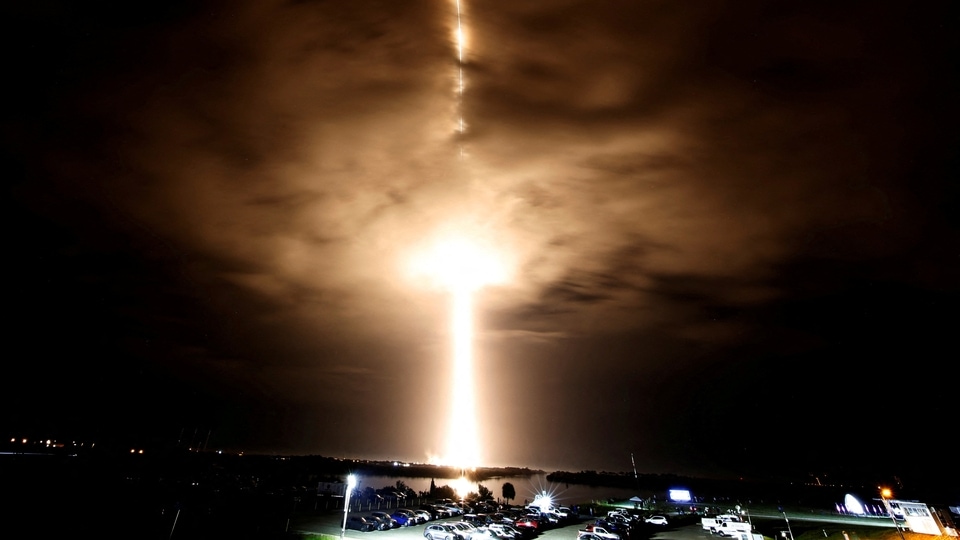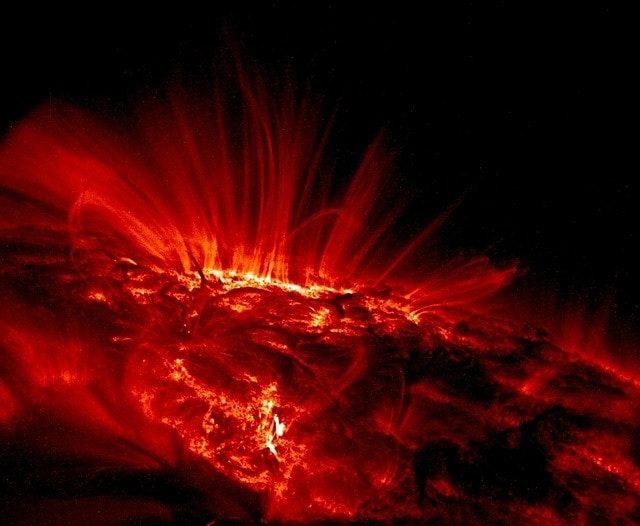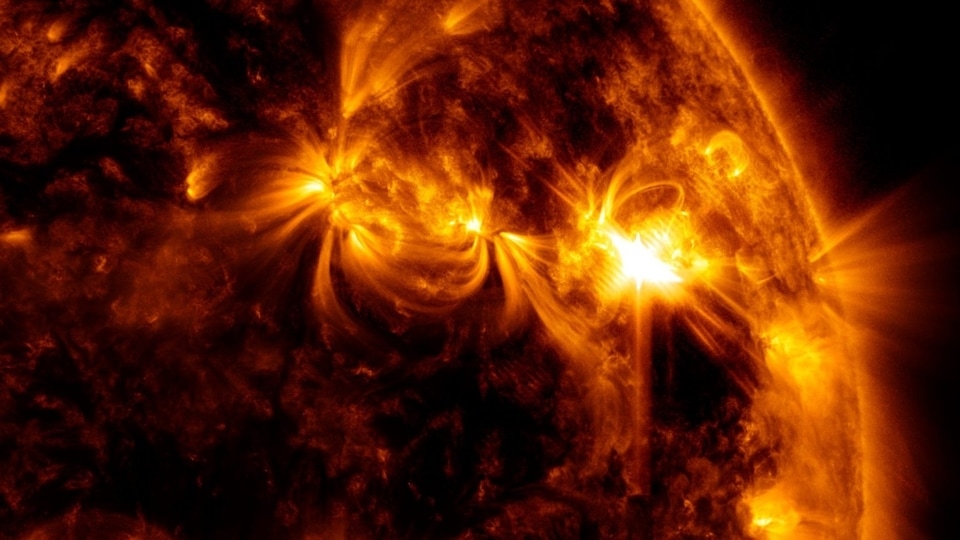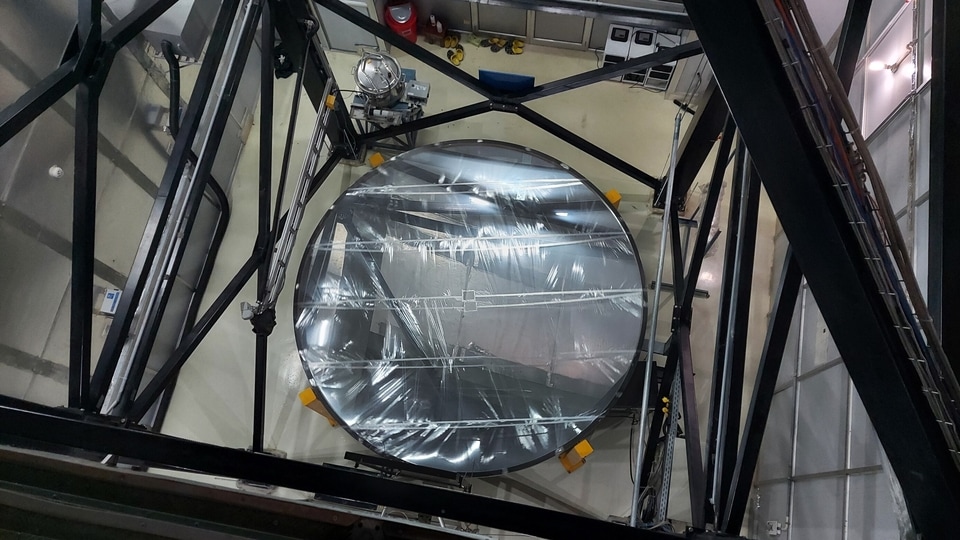India's new ILMT telescope achieves milestone with supernova discovery
India's newly operational ILMT telescope triumphs, spotS its first supernova, SN 2023af. Astronomers anticipate a treasure trove of stellar insights SOON.







 View all Images
View all ImagesThe International Liquid Mirror Telescope (ILMT) located at the Devasthal Observatory in Nainital, India, has recently marked a milestone by identifying its inaugural supernova, SN 2023af. This breakthrough, detailed in a November 8 report on the arXiv preprint server, signals the ILMT's potential to unearth numerous supernovae in the years to come. These cosmic events, known for their intense luminosity and stellar explosions, offer valuable insights into the evolution of stars and galaxies, providing astronomers with crucial data.
The ILMT telescope, boasting a 4-meter diameter and pointing towards the zenith, focuses on photometric and astrometric direct imaging surveys. Astronomers anticipate that this innovative telescope will prove instrumental in discovering transient phenomena such as gamma-ray bursts and supernovae, Phys.org reported.
Activated on April 29, 2022, the ILMT, currently in the advanced commissioning phase, achieved a significant milestone on March 9, 2023, when it identified SN 2023af. This discovery, initially spotted two months earlier, prompted a series of follow-up observations led by Brajesh Kumar and his team from the Aryabhatta Research Institute of Observational Sciences (ARIES) in India.
The First Supernova Captured by ILMT telescope
During ILMT's commissioning phase, the team closely monitored SN 2023af, employing not only the ILMT but also the 3.6m Devasthal Optical Telescope (DOT) and the 1.3m Devasthal Fast Optical Telescope (DFOT). The researchers generated a light curve spanning 110 days post-discovery, revealing prominent hydrogen lines and metal lines in the spectra of SN 2023af.
Preliminary results suggest that SN 2023af is a Type IIP supernova, belonging to the class of Type II-Plateau supernovae known for their extended brightness after reaching maximum luminosity, lasting around 100 days. These supernovae, like SN 2023af, likely originate from precursor stars retaining substantial hydrogen layers before transitioning into core-collapse supernovae.
Despite these findings, the astronomers emphasize the need for complementary observations to solidify SN 2023af's classification as a Type IIP supernova.
In short, the successful identification of SN 2023af underscores the ILMT's potential to unveil a myriad of stellar explosions, promising a wealth of discoveries as astronomers continue their observations in the years ahead.
Catch all the Latest Tech News, Mobile News, Laptop News, Gaming news, Wearables News , How To News, also keep up with us on Whatsapp channel,Twitter, Facebook, Google News, and Instagram. For our latest videos, subscribe to our YouTube channel.






































